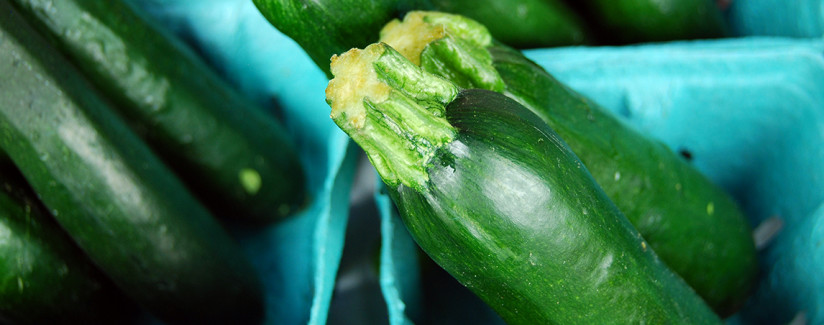
What Consumers Want to Know About GMOs
We’ve read it in magazines, seen it on internet news sites, and maybe even watched a segment discussing it on afternoon television. GMOs, genetically modified organisms, biotechnology, or even ‘frankenfood,’ as some like to call it, have certainly raised a lot of questions.
You’ve shared your concerns and asked questions about GMOs with Best Food Facts, and we’ve gathered experts and resources to answer them. We’ve declared August GMO month, so get ready to dive into the topic, and learn experts’ opinions on this issue.
What are GMOs? Why are they used? We started digging into these questions by reaching out to a researcher at the University of California, Berkeley – Dr. Peggy Lemaux. For over a decade, Dr. Lemaux and her colleagues have worked to compile a database of such information for consumers and colleagues: www.UCBiotech.org. On the site, there are gobs of resources focused on biotechnology, which address the many angles of the topic.
With that, let’s start with the basics!
What is biotechnology?
Biotechnology literally means “the use of a living organism to perform a task or function.” Historically, the term was used to describe processes like cheese, yogurt, wine or beer production. In modern terms, however, biotechnology is commonly used to refer to the newer methods of genetic engineering of organisms.
What are genetically modified organisms?
The term GMO, or genetically modified organism, refers to “a plant or animal altered using modern techniques of genetic modification,” commonly termed genetic engineering. Since crops have been genetically modified by classical methods for centuries, a more accurate term for the foods and crops created with the technologies used today might be GE or genetically engineered.
What crops are GMOs?
U.S. commercially grown genetically modified crops (accurate for 2010) include corn, soybean, cotton, canola, sugar beets, papaya, squash, and alfalfa.
Information was adapted from www.ucbiotech.org
Image: “zucchini” by Alice Henneman is licensed under CC BY 2.0.


























